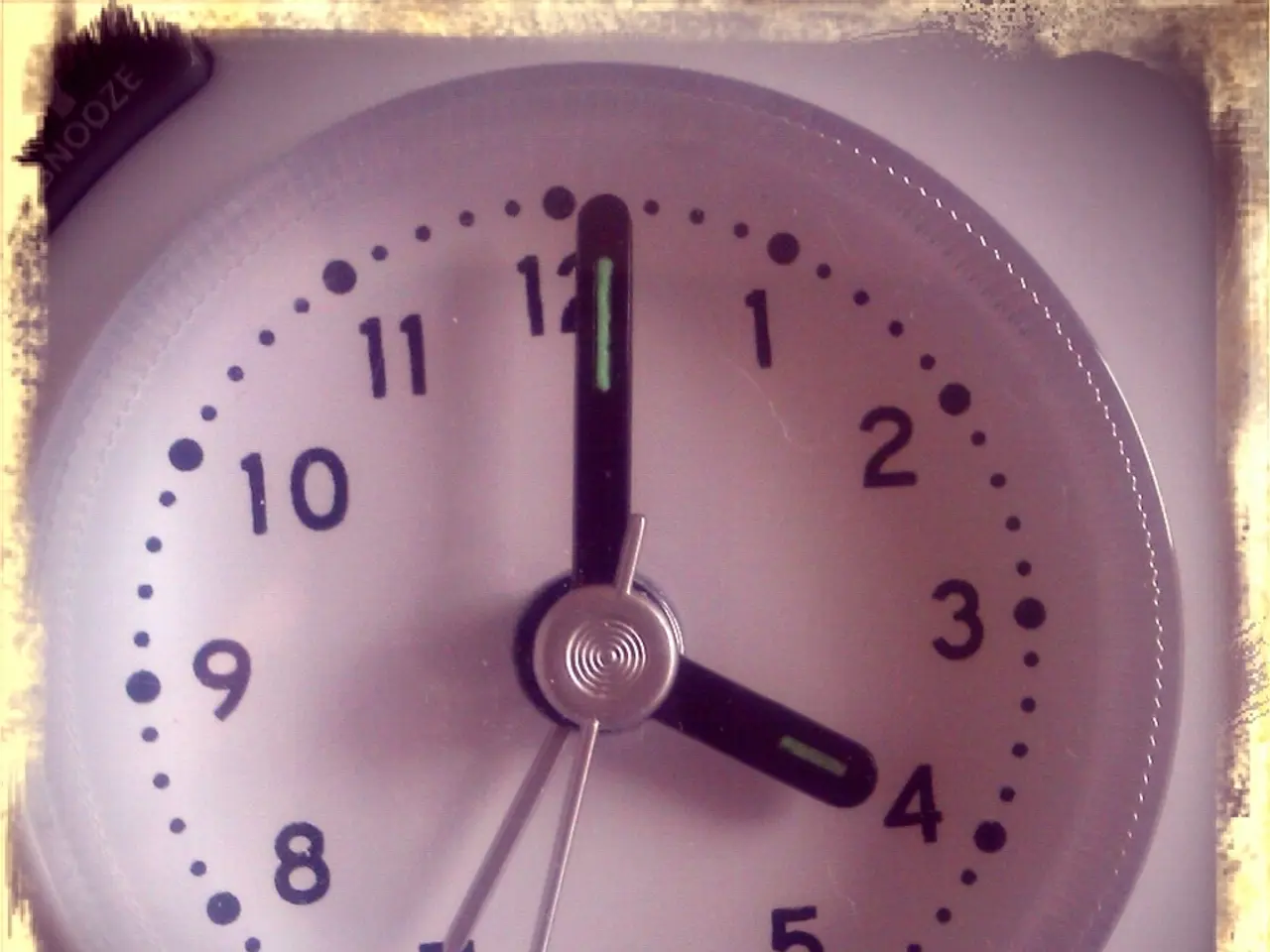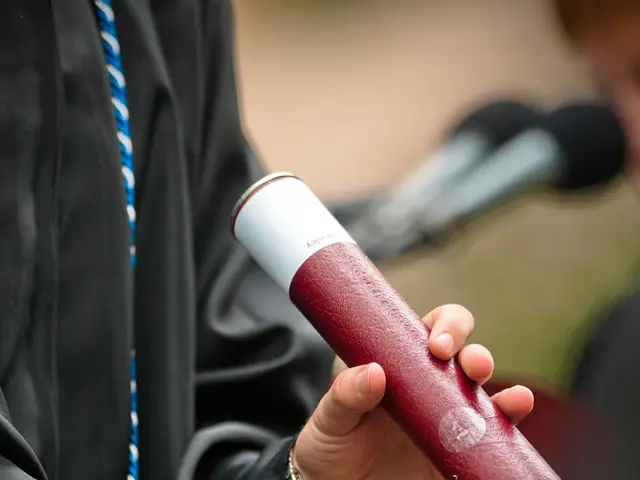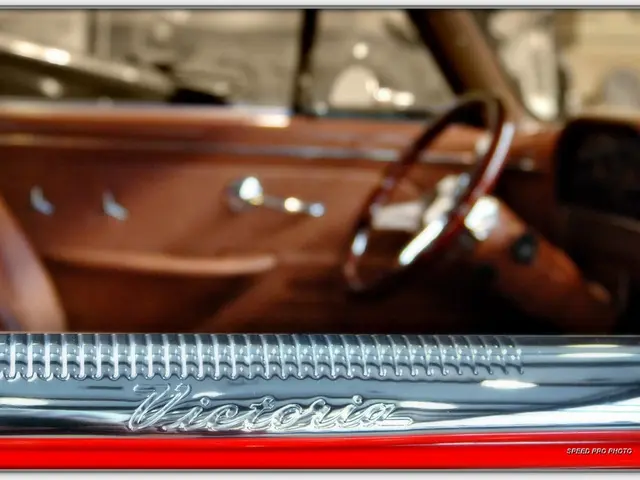Forestville's Weekly Timekeepers Update: Electromechanical Timepiece Overhaul (#23)
Forestville Shelf Clock with Kienzle Electromechanical Movement: A Mid-20th Century Timepiece
In the realm of vintage timepieces, a Forestville shelf clock from the 1960s with a Kienzle electromechanical movement stands out as a fascinating blend of traditional craftsmanship and modern technology. This unique piece represents a transition period when the art of clockmaking intersected with electromechanical advancements.
Origins and Evolution
Originally, the Forestville Clock Company focused on producing mechanical clocks, often incorporating movements sourced or rebranded from European manufacturers such as Kienzle or Girod. By the 1960s, electromechanical movements became more common, merging electrical components with traditional clockwork to enhance accuracy and reduce the need for winding. Kienzle, a respected German maker, engineered these movements to provide a reliable and longer-lasting alternative to purely mechanical clocks, typically using a synchronous motor powered by electric currents but driving mechanical gears and hands.
Value and Market
Unlike older Forestville clocks, such as 1940s models with purely mechanical or chiming movements, the 1960s electromechanical shelf clocks tend to be less sought after by traditional antique collectors. The value of a 1960s Forestville shelf clock with a Kienzle electromechanical movement generally falls in the range of £50 to £200, depending on condition, case design, and working order. Unique art deco or rare chime versions might command higher prices, but typical electromechanical shelf clocks are modest in value.
Identifying and Valuing Your Clock
For those who own one of these timepieces, a number on the back of the movement could help determine the date of manufacture. To get a more precise valuation, consulting specialized clock collectors or auction results for similar Forestville clocks with Kienzle movements from the 1960s would be advisable. Prices for similar clocks seem to vary on Ebay, making it essential to research thoroughly for an accurate appraisal.
This article is part of the Tick-Talk Tuesday series, which addresses letters and comments from readers about their clocks. If you have questions or concerns about your clock, feel free to reach out, and our experts will do their best to provide insights and advice.
[1] No specific detailed documentation or sales records for this exact model were found in the sources provided, but its historical context and typical market values align with the above assessment.
The Forestville shelf clock with a Kienzl electromechanical movement showcases a fascinating crossover between vintage style and modern technology, as it embodies the fusion of traditional craftsmanship and electromechanical advancements in the mid-20th century. This unique piece, while less desirable to traditional antique collectors, holds a value of approximately £50 to £200 based on condition, case design, and working order, with unique or rare models potentially commanding higher prices.




